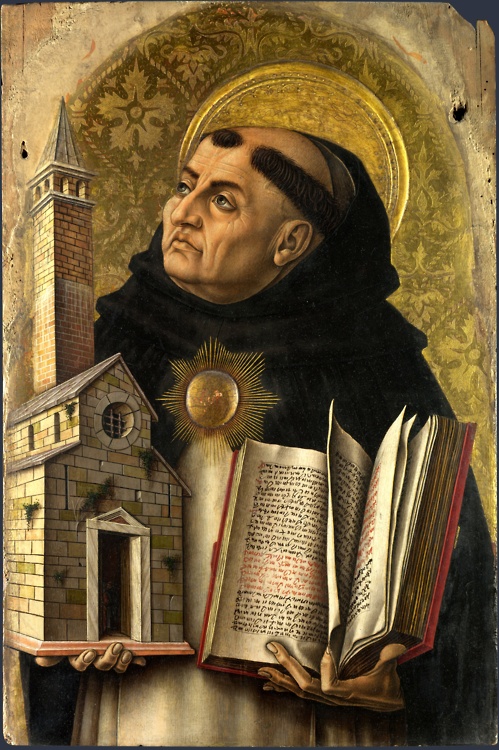We had an aboriginal elder doing the welcome to country first thing… as you do! But I have to admit I didn’t hear a lot of what she was saying other than her prefacing remarks of ‘Oh dear.. I’ve just come from Melbourne and all this running around makes me rather hot.’ while wearing two dead possum skins sewn together over her shoulders. I’m sorry, I don’t care where you are from or what you identify with, but you don’t get to stand up in front of a couple of hundred people and talk about change in culture, history and even mention changes in fashion and then not look ridiculous wearing roadkill. Ewww.
Well, the keynote address last night was interesting… or it might have been if I hadn’t spent the entire time in the lecture theatre freezing my arse off! I was so cold, I was huddling in on myself and trying not to visibly shiver the whole time. I mean I know there’s a lot of guys in the room wearing suits, but still. :S
Originaly we were to have a presentation by Professor Chris Baswell, but unfortunately he had to withdraw to do ill health and the Associate Professor, Peter Howard Director for the Centre of Medieval and Renassaince Studies at Monash University stepped in with less than 24 hours notice and delivered an amazing paper on Aquinas and Antoninius: A Tale of Two Summae. It was a bit, ‘here’s one I prepared earlier’ but very weel done.
The abstract read: While the Summa theologieae of Thomas Aquinas is famous, that of the Florentine Archbishop, Saint Antoninus is much less well known. Yet in the sixteenth century the Summa theologica of Antoninus was by far the more published of the two. Modern audiences are often introduced Antoninus simply by way of unfavourable comparison with Aquinas – as a lesser mind responsible for the vulgarisation of cultural translation – this paper situates Antoninus’ reading and dissemination of Aquinas within his own understanding in his time and place. More broadly it is a paper about method and the historian’s sensitivity to textual, oral and visual translation.
I thought the lecture sounded incredibly interesting, especially given that Antoninus is pretty much doing what all of us do everyday as modern day scholars… take the work of those giants who went before us and translate and interpret their work. However, I found myself, either because I was fighting the cold or because I am fighting off the flu, failing to comprehend half of what the good Professor was saying! This, I have to say is quite unusual. It wasn’t unti the question time that I had a few ‘ahh’ moments that his paper made sense. Hope I’m more switched on today… really got to learn to drink coffee like all the other academic types.

